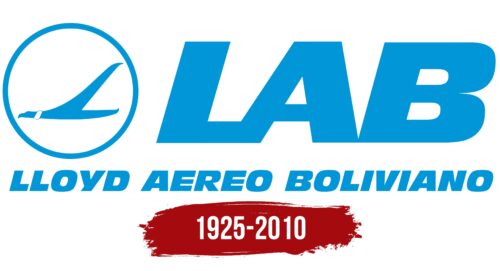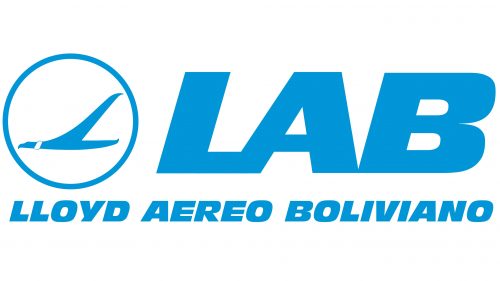 Lloyd Aereo Boliviano Logo PNG
Lloyd Aereo Boliviano Logo PNG
Lloyd Aereo Boliviano: Brand overview
Lloyd Aéreo Boliviano (LAB) was Bolivia’s national airline and flagship carrier for more than eight decades. Founded in August 1925 by German immigrants, LAB is one of the earliest airlines in South America.
In its early years, LAB was primarily engaged in commercial mail and cargo transportation, using small seaplanes. In 1928, the airline began operating passenger flights and, in the following decade, expanded its domestic routes throughout Bolivia. By the 1940s, LAB added international service to neighboring countries using DC-3 and DC-4 aircraft.
In 1963, the airline was nationalized and taken over by the Bolivian government. In the following decades, LAB expanded its operations; its route network covered South America, the United States, and Europe, and its fleet consisted of Boeing 727 and 737 aircraft.
Despite its long history, LAB’s journey as a public organization has been fraught with many financial and operational challenges. It struggled with inefficiencies, persistent losses, and a lack of competitive advantage. By the early 2000s, LAB’s debt exceeded $100 million.
In 2007, the Bolivian government attempted to privatize LAB. However, the privatization plans failed to materialize, and after more than 80 years of existence, the airline ceased operations in 2010.
Meaning and History
What is Lloyd Aéreo Boliviano?
It was the former Bolivian national airline based in Cochabamba. The company provided regular passenger and cargo services to domestic and international destinations. The company operated a diverse fleet, including narrow-body and turboprop aircraft such as the Boeing 727, Boeing 737, and Fokker F27, adapted to the unique geographical and operational challenges of serving the country’s vast and diverse territory.
1925 – 2010
The image of a flying bird characterizes Lloyd Aereo Boliviano as the company is engaged in air transportation. The bird with spread wings and a long tail resembles an airplane, and the artists intentionally sought to create this resemblance. The light blue silhouette with a white stripe on the neck is enclosed in a circular ring. To the right of it, the abbreviation “LAB” is written in connected letters. Below is the full name of the brand, written in bold italic sans serif font. The slanted font symbolizes movement, and the blue color symbolizes the vastness of the sky.
The chosen colors and shapes of the logo allow you to quickly convey the essence of the company’s activities and values. Connecting letters in the word “LAB” stands for unity and cohesion – qualities necessary in air transportation. The absence of serifs in the font gives the logo an elegant, modern look, reinforcing the image of fast and efficient service. All design elements combine to create a visually appealing and meaningful logo.




